viburnums, birds, and the leaf beetle
pankhi
18 years ago
Related Stories
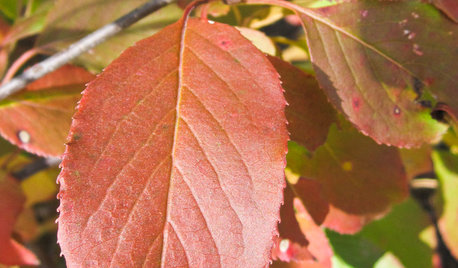
FLOWERS AND PLANTSUsher In Fall With Viburnum Lentago
Plant nannyberry for a profusion of spring flowers, beautiful autumn color and attractive fruit that the birds will devour
Full Story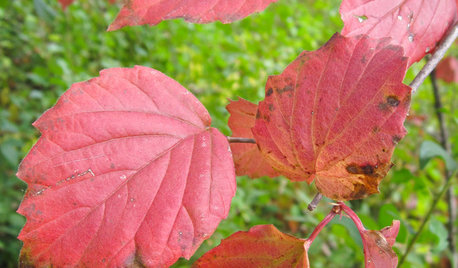
GARDENING GUIDESGreat Design Plant: Viburnum Rafinesquianum Colors the Fall Woodland
Plant downy arrowwood in eastern and midwestern U.S. gardens for spring color in the shade and bright red fall foliage
Full Story
GARDENING GUIDES8 Native Shrubs for Year-Round Bird Feeding
It’s not just about berries. These plants provide insects for birds and seasonal interest for gardeners
Full Story
GARDENING FOR BIRDSFeed the Birds: 6 Plants for Abundant Winter Berries
Be kind to your fair feathered friends during lean food times by planting a shrub or tree loaded with nutritious snacks
Full Story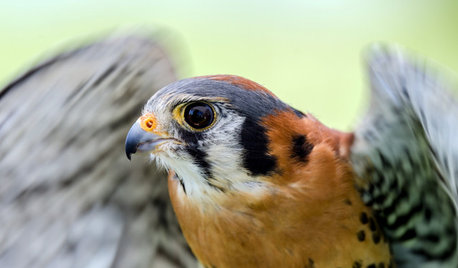
GARDENING GUIDESBackyard Birds: Create a Home for American Kestrels
These copper-colored birds of prey can be found throughout North and South America and often find habitats near human activity
Full Story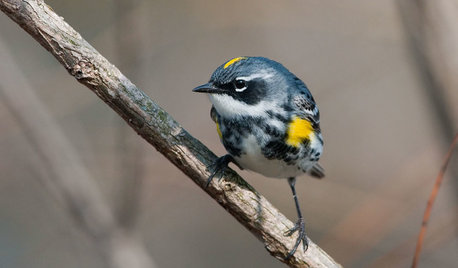
GARDENING GUIDESBackyard Birds: The Wonder of Warblers
These small, dynamic birds call North America home, with the yellow-rumped warbler flocking to every U.S. state
Full Story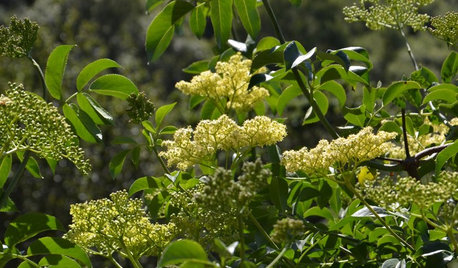
GARDENING GUIDESGreat Design Plant: Sambucus Nigra Caerulea for the Birds
Blue elderberry is a favorite of birds and other wildlife in its native California
Full Story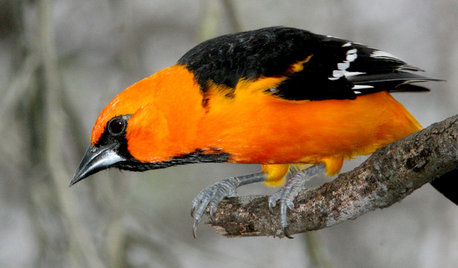
GARDENING GUIDESBackyard Birds: Orioles Return After Spending Winter in the Tropics
These colorful songbirds prefer woodlands and forest edges, but they’ll visit yards with fruit-producing trees and shrubs
Full Story
EARTH DAYHow to Help Your Town’s Beneficial Birds and Bugs
Make a habitat using local materials to provide a home to the creatures that help our gardens
Full Story
MOST POPULARSummer Crops: How to Grow Sunflowers
Savor snack-tastic sunflower seeds once the radiant blooms have faded — if the birds have saved you any, that is
Full StoryMore Discussions






viburnumvalley
roseunhip
Related Professionals
Hershey Landscape Architects & Landscape Designers · Middle Island Landscape Architects & Landscape Designers · Owings Mills Landscape Architects & Landscape Designers · Severn Landscape Architects & Landscape Designers · Bloomington Landscape Contractors · Emmaus Landscape Contractors · Federal Way Landscape Contractors · Golden Gate Landscape Contractors · North Chicago Landscape Contractors · Pleasant Hill Landscape Contractors · Riverview Landscape Contractors · Streamwood Landscape Contractors · Reisterstown Landscape Contractors · Eastlake Landscape Contractors · Grand Rapids Driveway Installation & MaintenancepankhiOriginal Author